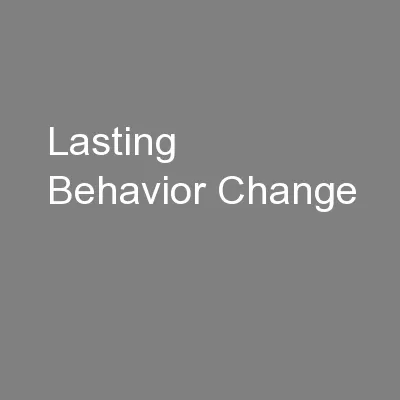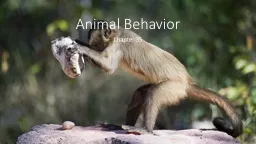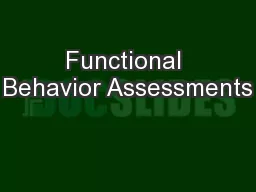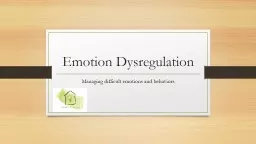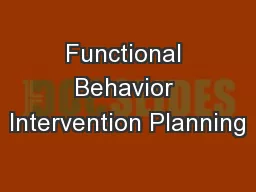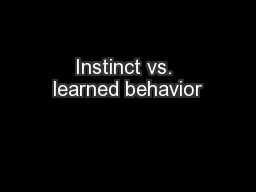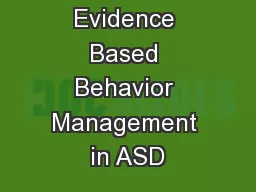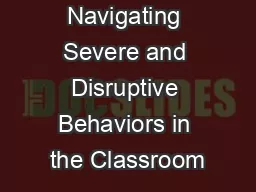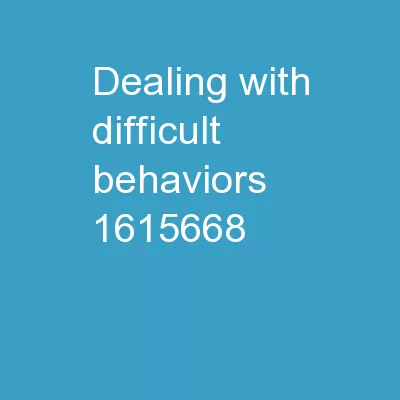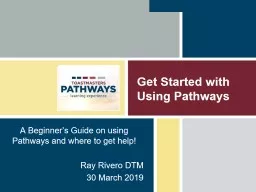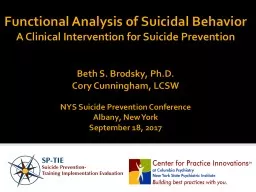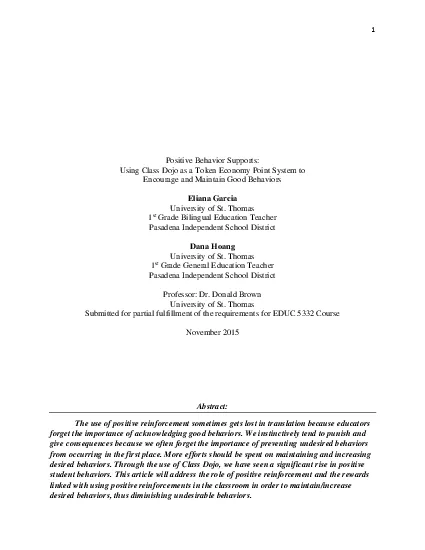PPT-Competing Behaviors Pathways and Behavior
Author : white | Published Date : 2021-12-20
Support Plans You need to know WHY You can make a behavior worse Need to know the function of the behavior Gain something or avoid something Before You Can
Presentation Embed Code
Download Presentation
Download Presentation The PPT/PDF document "Competing Behaviors Pathways and Behavio..." is the property of its rightful owner. Permission is granted to download and print the materials on this website for personal, non-commercial use only, and to display it on your personal computer provided you do not modify the materials and that you retain all copyright notices contained in the materials. By downloading content from our website, you accept the terms of this agreement.
Competing Behaviors Pathways and Behavior: Transcript
Download Rules Of Document
"Competing Behaviors Pathways and Behavior"The content belongs to its owner. You may download and print it for personal use, without modification, and keep all copyright notices. By downloading, you agree to these terms.
Related Documents


